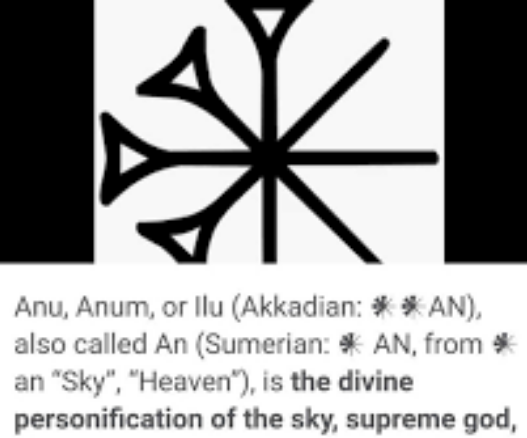MOST RECENT
TeleScope
The Annual Variation is a periodic variation so small (about one minute a year) that it need not be considered in surveying work. Irregular Variations in the declination are due chiefly to […]
Interlineation Stranger
Telescope Lens Usually (Negative) Concave. URS Concave
Company and Companies
COMPOUND INTEREST. Compound interest is interest upon interest which is not paid. Upon current accounts a banker calculates the interest half-yearly and adds it to the principal, when it becomes part ofthe […]
Float Material for Anu sets of Bonding
TeleScope For the Custom House …………………. $23.454 10Examining Warehouse 601 35Electronic JAG COMP 266 00Total $3,671,321. 45 30 cents Penny Cent. COINAGE, COINS. Many substances have been used in different countries as […]
Wednesday Exchanges Register Nominal
Wednesdays Exchanges Nominal Current: 50 Billion Dollar Issue for Deposit = Loan on and for USDA Currency for the Pentagon, the Nominal is a Special Bonus from Stock and of that one […]
Lender Deposit Issuer Master
Mercury Asset management Needhambank Enlil Federal Government,. For the Custom House …………………. $454 10Examining Warehouse 601 35Electronic JAG COMP 266 00Total $1,321 45 State of Anu Stateof Donald Echanges from Exchanges, 21 […]
Title Agency of Govern
Choose from the listing venues of establishment andor for any societies thereto State of Anu, Federal Government of Anu Anu Anu Anu Head of state, Superior head of state and Supreme Head […]
Inflation
Inflation can be positive and a negative, it tells about what is needed and what isnt and responsive only to the people who are burdened or growth-ed from it. feasible degree in […]
Community Properties.
Associate Title Banc Offering Universal Loans One time fee of and for endorsements. Illinois Flat-Rate Refinance Bundle $995 for loans under $250,000. Phia Holdings Inc. andor Phia Co or other related Cloud […]
RECENT UPDATE

ZEN MASTERS CREDIT
Browsing supplies in stationary store Design BOOKLET DESCRIBING TAUGHT ASPECTS OF MATHEMATICS, DESCRIPTIVE GEOMETRY REPRESENT HIS OBJECT IN TWO DIMENSIONS GREAT ARCHITECT SKILL IMPROVED INTEREST SUBJECT DEEPENED Le A [TOTAL WITHHOLDING TO […]

Mexico Queen and at Classes with Rank.
Economics of Investing: A Comprehensive Introduction Performance Evaluation: This involves the regular evaluation of the performance of assets in the portfolio and the development of strategies for improving performance. Risk Management: This […]

War Of Finance
UNITED STATES SENATE, COMMITTEE ON INTERSTATE COMMERCE, Washington, D. C. The committee met, pursuant to call, at 11 o’clock a. m., in Room 410, Senate Office Building, Senator Albert B. Cummins presiding.Present: […]

Deck
for one day, two business days hence. There can be signific changes in this differential on a day-to-day basis. Dealing Offsetting Forward Contracts. The second way of managing the forward position is, […]










MOST COMMENTED
Titles of States
World Court Publicated
For Money Lent, Paid, Received, or Due on Account / No. CLIX / No. LXI. / No. LXII. / rdfi / rdfi / rdfi / Titles of States / Valuator GOVERNMENET PRINTING
Combat Zones Earth
Titles of States
Earth listing of serial number of the stamp.
Titles of States
Interlineation Stranger
Titles of States
Associate Title Agency
Titles of States
War Of Finance
Titles of States
Nuska Control Centers